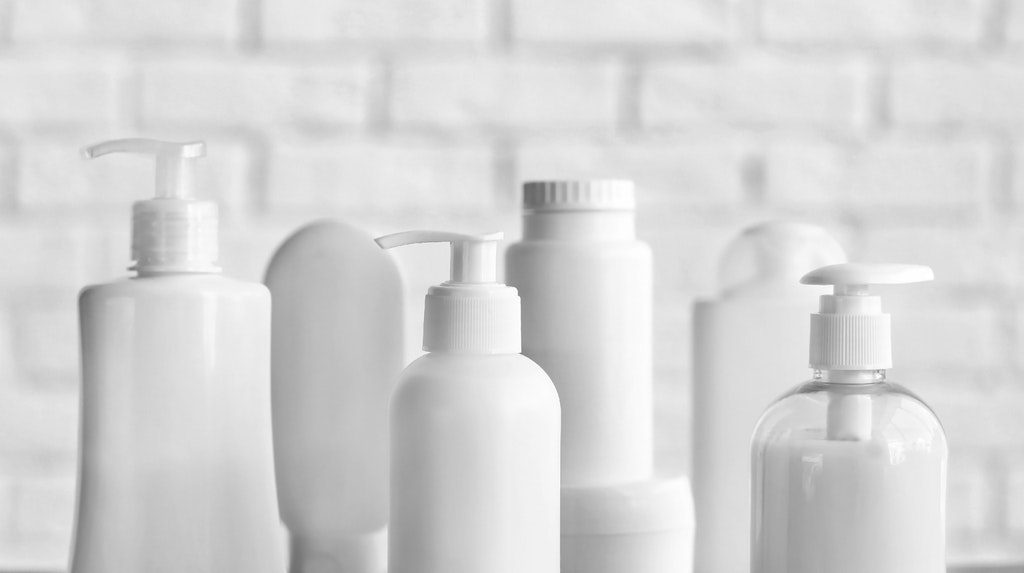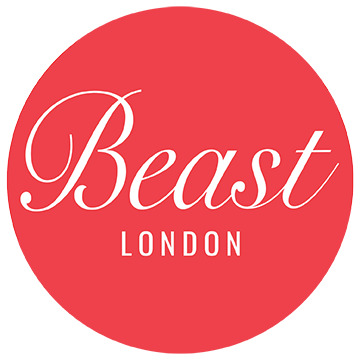Cosmetic Content – Online video content in the beauty industry is flourishing.
The number of influencers and vloggers is overwhelming and their videos and online content is getting more and more views. Their fan bases are massive and are growing by the day. You only have to look at an influencer like Zoella, to see how popular this content is. Zoella has an astounding 11 million followers on Instagram and over 11 million subscribers to her YouTube channel. If you want a beauty product to take off – Zoella is the girl to kick start it.
“How to videos” and tutorials are increasingly popular, with more and more women and men turning to this video content for advice and tips on their day to day routines. You don’t just buy a new eyeshadow palette anymore; you watch a “How to video” to see how it is used and how it fares. This can be a blessing and a curse for beauty brands trying to release new products. If a top influencer doesn’t like your new lipstick, everyone is going to hear about it.
So How Are Beauty Brands Using Video Content
Many brands and retailers have started creating their own online content. And as such many of these brands are commissioning video production companies to create really well conceived videos that set out a format and follow all of the brand guidelines. Using a London video production company is the best way to give the right framework to any video content campaign so that goes for beauty brands and how to videos too. Top cosmetic brands are creating digital content to engage with their customers. Brands like MAC Cosmetics are creating their own “How to videos” to up their audience engagement and promote their products. They have a range of video content from lipstick tips and tricks, to tutorials on full-face makeup. But, when you look at the statistics influencers are still running the game.
The Influencer Online Network says that 86% of the beauty videos online which are the most viewed, are made by influencers. This is in comparison to 14% by the top beauty brands. This has pushed many cosmetic and beauty brands to partner with influencers. Influencers have an impact on a more relatable level for viewers. Their videos can often feel more personal and less forced than a video made by a beauty brand and this is why beauty brands are using video content.
This all comes down to the motivation behind the digital content production, we think. Beauty brands have the overarching goal of selling more of their products as a result of the video they have produced. Whether this is a hints and tips video, or a tutorial on how to use one of the products, the goal is always going to be to increase sales. When it comes to a market influencer, this often isn’t the case. Influencers tend to be motivated to provide unbiased opinions on products when they use and review them.
Whether they are positive or negative reviews, the point is that they are truthful. A beauty brand is never going to create video content in which they say their new lipstick isn’t great for long lasting wear, or that the colour pigmentation isn’t up to scratch. This is why influencers are so influential – even if they have been given a product to try by the brand, they have no obligation to give it a 100 percent positive review. In fact, if the product wasn’t good and they gave it rave reviews, they would soon lose their credibility when people tried out the product form themselves.
Getting a good review from an influencer is naturally going to generate more business. Beauty brands see increases in sales after working directly with an influencer, to promote one of their products.

Social Media channels
Beauty brands are now using social media to release new product information and launch new ranges. Twitter, Snapchat, YouTube and Instagram are being used more and more to tell us about new products. The level of engagement using these methods is astounding and they reach a huge number of people. Using social media platforms is a great way to build up to the release or launch of a new product and are often used to excite audiences about a new product coming soon.
Instagram is being used more and more to showcase products using video. Beauty Instagram accounts are full of quick 60 second videos where we are shown how to create a flawless makeup look. The number of videos we are watching on Instagram is increasing and it is being used more and more widely by beauty brands.
Facebook has been stepping into the video arena in a big way. With the advent of their 360 video, video content on Facebook is only increasing. Beauty brands are using video content in their Facebook communities to connect with their audience. According to Pixability, Olay are leading this march with 212 million views across their videos on Facebook.
Facebook live videos, Snapchat and Instagram stories have allowed a more “natural” element to content. These platforms give users the chance for video content production to take place there and then in a natural and organic manner. Many influencers in the cosmetics and beauty industry use these platforms to show snippets of their lives. These often contain a particular product they are using at the moment or it might show them unboxing a new product. They are also often used to show audiences a tip “mid-routine”.
Storytelling and brand story
Storytelling is becoming more and more important in the world of video content production. Your audience wants to see the journey someone goes through with the product and they want to see relevant material. People like to see what a brand is passionate about and what they believe is important. Content like this, gives digital content more credibility. Being able to relate to a brand makes it easier for people to purchase products from that brand. This is particularly relevant when it comes to beauty and cosmetic products. When there is so much choice, a consumer needs to be able to make a connection with your brand.
Unless your brand has a brand story video in this day and age, is it even a brand? Consumers love brand videos. They like knowing where you as a brand have come from and what you stand for. Knowing the background of a brand and their core values, again, helps a consumer to make a connection.
